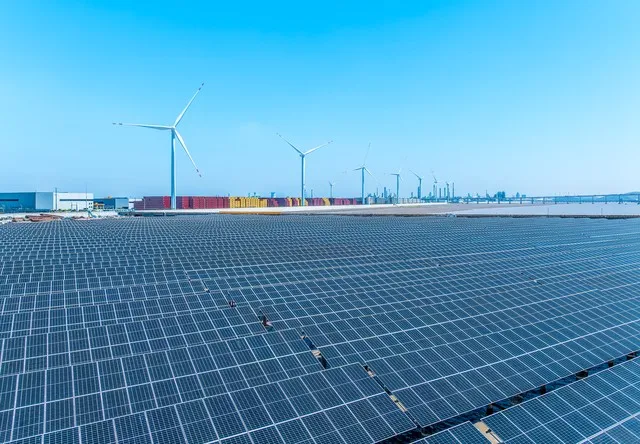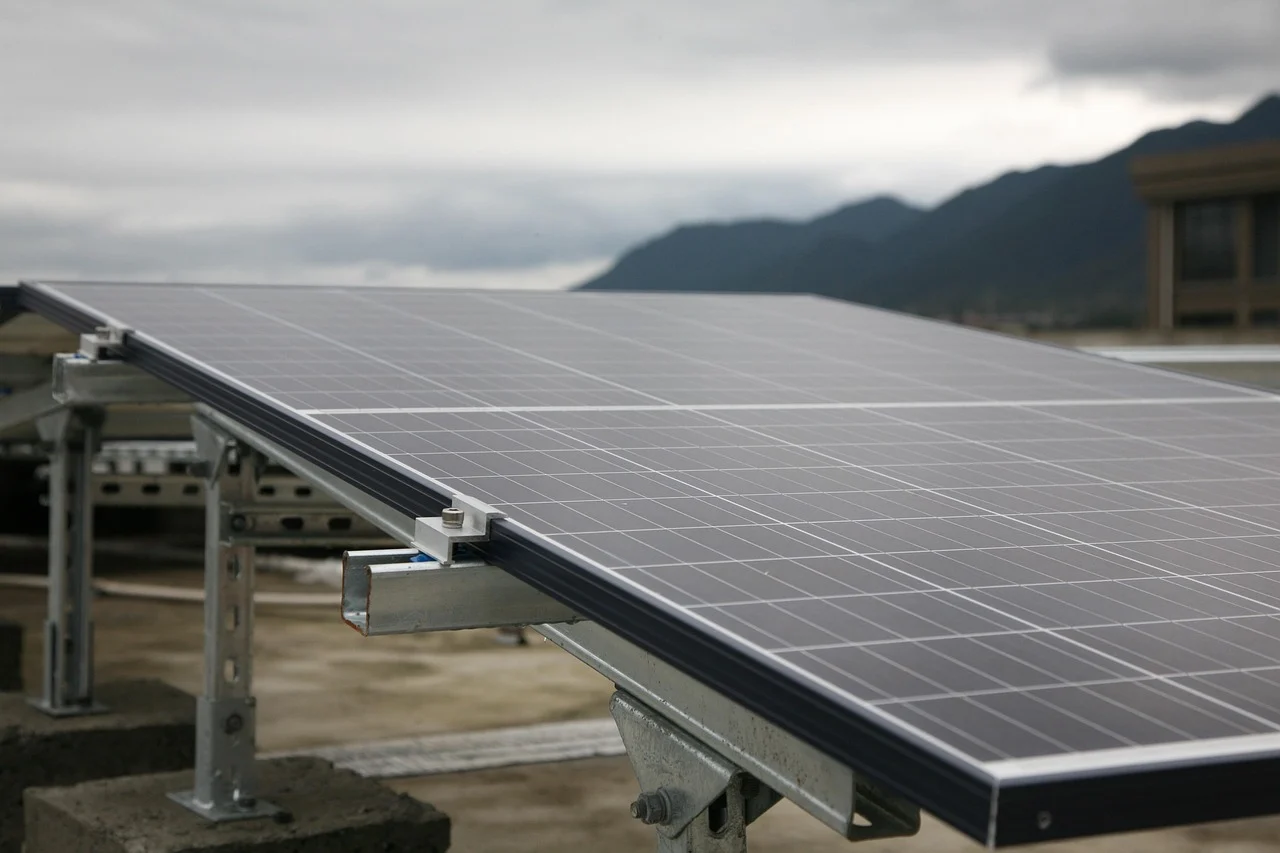How Much Does Solar Panels Cost in Pakistan?
This article will walk you through everything, from panel types and installation costs to long-term savings and exactly what people in Pakistan usually pay in the year 2025, if you're searching for real numbers and practical guidance on solar panel prices in Pakistan. The goal is to explain things in a non-complicated way, avoid jargon, and give you the type of clarity you'd wish a seller would provide in the first place.
It can be confusing with the pricing of solar panels, as it seems like every company gives you different quotes. But once you understand how the costs are structured, the decision becomes much easier.

Factors That Directly Affect Solar Panel Price in Pakistan
The solar panel price in Pakistan varies widely because of a few practical reasons. Knowing them helps you compare quotes confidently instead of feeling overwhelmed.
Type of Solar Panel
One of the biggest price-affecting factors is the panel technology you choose:
- Monocrystalline– Highest efficiency, higher cost
- Polycrystalline– Cheaper, slightly less efficient
- Thin-film– Lightweight, not very common in home installations
Most people in Pakistan, because of the better output of energy per square foot, especially in cities with limited rooftop size, prefer Monocrystalline panels.
Example: A medium-sized textile workshop in Faisalabad upgraded in 2024 from polycrystalline to monocrystalline modules and reported about 18% higher output after switching—useful proof that efficiency matters when space is limited.
System Size (1kW, 3kW, 5kW, 10kW, etc.)
The larger the system, the lower the cost per watt. However, the total cost obviously increases. Most households in Pakistan go for 5kW–10kW systems.
Battery or No Battery?
A solar-only system on-grid is the cheapest.
A hybrid or an off-grid includes batteries, which greatly raises the cost.
But the one most affected by the eventual fluctuation of lithium is the batteries. According to the International Energy Agency, lithium-ion batteries packed prices went down almost 14% between 2022 and 2023 and improved affordability.
Inverter Quality
The inverter converts the solar energy to usable electricity. High-quality inverters from reputed brands last longer and give better performance in a high-temperature climate like Pakistan.
Installation & Materials
Proper installation includes:
- Mounting structures
- Wiring and protection components
- Labor
- Safety equipment
Poor installation can reduce system output by 10–20%, so it’s worth paying for good workmanship.
Average Solar Panel Prices in Pakistan-2025 Estimates
Below is a simple table to provide you with a rough estimate of prices in 2025. These are estimates based on average market prices for good-quality mono-crystalline panels.
| System Size | On-grid Price (PKR) | Hybrid Price (PKR) | Off-grid Price (PKR) |
| 1 kW | 160,000–190,000 | 230,000–260,000 | 250,000–300,000 |
| 3 kW | 380,000–450,000 | 520,000–600,000 | 600,000–700,000 |
| 5 kW | 650,000–800,000 | 900,000–1,100,000 | 1,100,000–1,250,000 |
| 10 kW | 1,200,000–1,550,000 | 1,700,000–2,100,000 | 2,000,000–2,500,000 |
Prices may vary slightly by city, since some places have stronger dealer networks and lower logistics costs.
Why Solar Panels in Pakistan Are Becoming More Affordable
Over the last few years, solar adoption in Pakistan has skyrocketed, largely because electricity tariffs keep growing. However, quite interestingly, solar itself has become cheaper.
Here's why:
Global Prices Decline
The solar module prices have fallen all over the world, given the increase in production capacity and much better manufacturing efficiency. According to NREL, average module costs continued to decline per year from 2020 to 2023, which has aided in making renewables more accessible worldwide.
Local Market Growth
There are hundreds of importers, installers, and EPC providers in Pakistan now. This competition naturally pushes down prices and provides more choices to customers.
Government Net Metering Policy
Net metering enables homeowners to sell excess electricity back to the grid. Although policies are ever-changing, many households still benefit from offsetting their bills, especially during long sunny periods.
Solar Panel Cost Breakdown: Where Does Your Money Really Go?
People often think the “panel” is the expensive part, but the full system cost involves a lot more. Here's a realistic breakdown of where your money is spent:
- Solar panels: 35–45%
- Inverter: 15–25%
- Batteries: 20–40% - hybrid/off-grid
- Installation + mounting: 10–15%
- Wiring, protection devices, labor: 5–10%
Understanding this breakdown helps you avoid misleading “discounts” where sellers lower panel quality but keep the total price the same.
What is the Right System Size for a Typical Home in Pakistan?
Choosing the right system size does depend on your monthly electricity consumption. A general ballpark:
- Small homes:3–5kW
- Medium homes:5–8kW
- Larger homes with AC:8-12kW
A general observation from working with dozens of solar customers: most people initially underestimate their usage. They purchase a 3kW system, then upgrade in two years because air-conditioning or new appliances increase demand. It's often cheaper long-term to size slightly above your current needs.

On-Grid vs. Hybrid vs. Off-Grid: What makes the price different?
On-Grid (Cheapest)
No batteries, you use solar when the sun's out and grid power at night. Best for city areas where the electricity is stable.
Hybrid (Most Popular)
Includes batteries to enable working during load-shedding. A very good balance of reliability and affordability.
Off-Grid (Most Expensive)
Runs completely independent of the grid. Needed for remote or rural locations, but costs much more because of battery capacity.
Are Solar Panels in Pakistan Worth the Investment?
Most households recover their investment in 3–5 years, especially for on-grid systems. The payback time for hybrid systems is usually 4–7 years depending on the battery use and the electricity tariff.
If your monthly bill is above PKR 25,000, a 5kW system can pay for itself surprisingly fast.
How to Avoid Overpaying for Solar Panels in Pakistan
Following are practical tips gained from years of observation of customer behavior and the solar market:
- Compare Total System Quotes, Not Just “Per Watt”
Pay close attention to equipment quality, warranty, and battery brand.
- Ask Installers Where They Get Their Panels
Reputable brands come with verifiable serial numbers.
- Ensure that it includes Net Metering
Some installers charge extra or outsource the service.
4.Don’t Chase the Cheapest Price
Very low quotes usually compromise on the quality of installation, which you may realize only months later.
Example of Real Installation Cost
In 2024, a homeowner in Rawalpindi installed an 8kW hybrid system with lithium-ion batteries for approximately PKR 1.9 million. After several months of monitoring, their bill went down from above PKR 32,000 to below PKR 5,000 during the sunny months. That evidences how much a well-sized hybrid setup can reduce the cost of energy in the long run.
Solar panels in Pakistan are no longer a luxury but an emerging necessity, with increasing electricity prices and ample sunny days. Understanding system size, inverter quality, and whether to include batteries will help you choose an affordable yet reliable system for the next 20–25 years.
If you're interested in seeing how various solar configurations stack up against each other in terms of cost and long-term productivity, please feel free to peruse our solar panel offerings.

